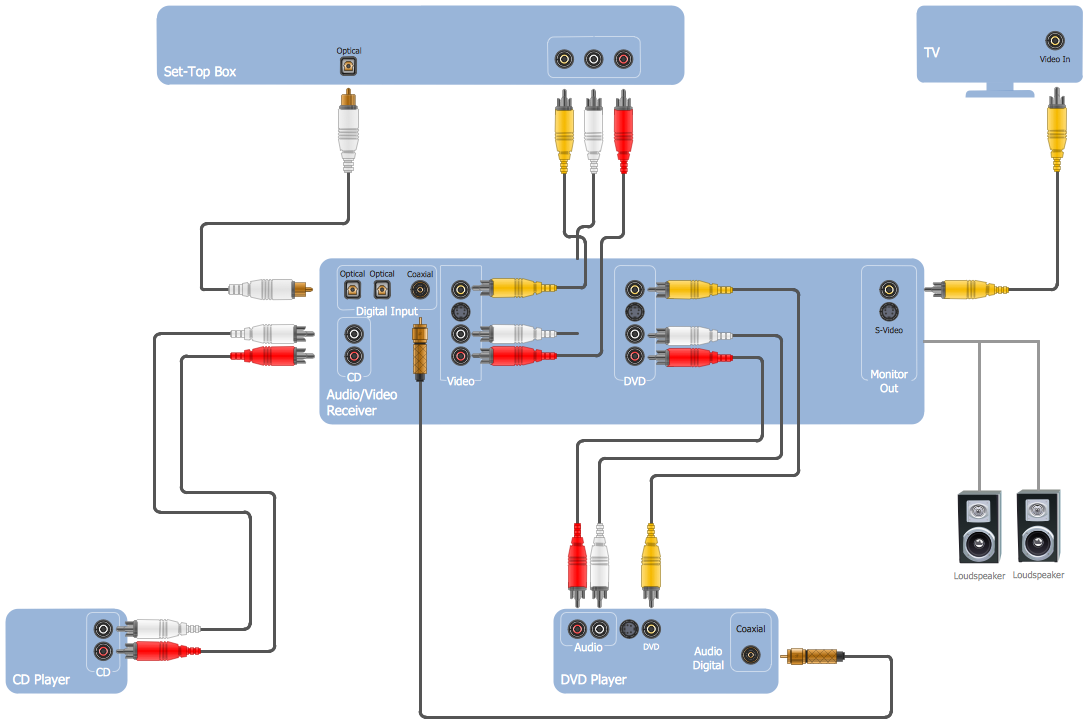When setting up AV installations, the criticality of cabling and signal transmission cannot be overstated. Effective infrastructure does more than just supports that sound and image quality are maintained but also guarantees the reliability of the entire system. In any AV arrangement, whether for a learning environment, corporate space, or residential cinema, streamlining the network cabling can lead to better performance and reduced technical issues. This guide will outline essential strategies for improving cable management and interfacing in AV solutions.
The primary step in improving audio-visual installations is to choose the right cables for the job. Distinct types of cables fulfill specific purposes, so choosing reliable ones is crucial. For example, HDMI cables are widely used for delivering high-definition visual and audio signals. In contrast, balanced audio cables like XLR can eliminate interference in sound systems. It is vital to assess the span and grade of these cables, as longer cables can lead to signal degradation. By investing in high-quality cables that match the precise needs of the AV configuration, users can significantly improve total performance.

Another key strategy is managing the wiring effectively. A well-organized wiring system not only appears neater but also enhances functionality. Using cable management solutions like clips, ties, or sleeves can aid keep wires organized and prevent tangling. This structure also makes it more efficient to troubleshoot any issues that may emerge. Labeling each cable according to its function or origin can minimize time during setups or maintenance. A well-labeled layout helps technicians quickly locate connections, which is especially valuable in large-scale systems with various devices.
Additionally, understanding the design of the room is vital for improving signal flow. The location of equipment can influence how signals flow through cables. Placing devices too far apart may necessitate longer cables or signal boosters, which can be resource-intensive and affect quality. It is the original source beneficial to map out the arrangement of equipment strategically, taking into account the distance between devices and potential barriers such as walls or furniture. This intentional placement can limit issues related to signal loss and enhance signal integrity throughout the AV system.
Scheduled maintenance checks are another critical strategy for maintaining reliable performance of AV cabling and connectivity. Over time, cables may become worn due to usage or wear and tear. Routinely inspecting all connections helps detect potential problems before they develop into serious issues. Replacing damaged cables and servicing connectors can maintain signal quality and ensure the system functions smoothly. Using a schedule for routine maintenance can help users stay on top of this aspect of their AV setups.
Finally, keeping up-to-date about modern technologies and protocols is crucial for anyone managing AV systems. The field is consistently changing Resources with breakthroughs in technology that can improve connectivity and performance. Participating in workshops, reading industry journals, or becoming a member of professional communities can deliver beneficial insights into best practices and new products available on the market. By adopting these innovations and integrating them to existing systems, users can enhance their AV setups consistently while guaranteeing they remain updated with industry progress.
In summary, improving infrastructure and connectivity in AV systems involves strategic choice of cables, organized management, strategic space positioning planning, scheduled maintenance checks, and keeping informed on industry innovations. By implementing these strategies, users can achieve better performance and reliability in their audio-visual setups, ultimately resulting in a more seamless experience for everyone engaged.
Comments on “Key Approaches for Improving Cabling and Connectivity in Audiovisual Systems”